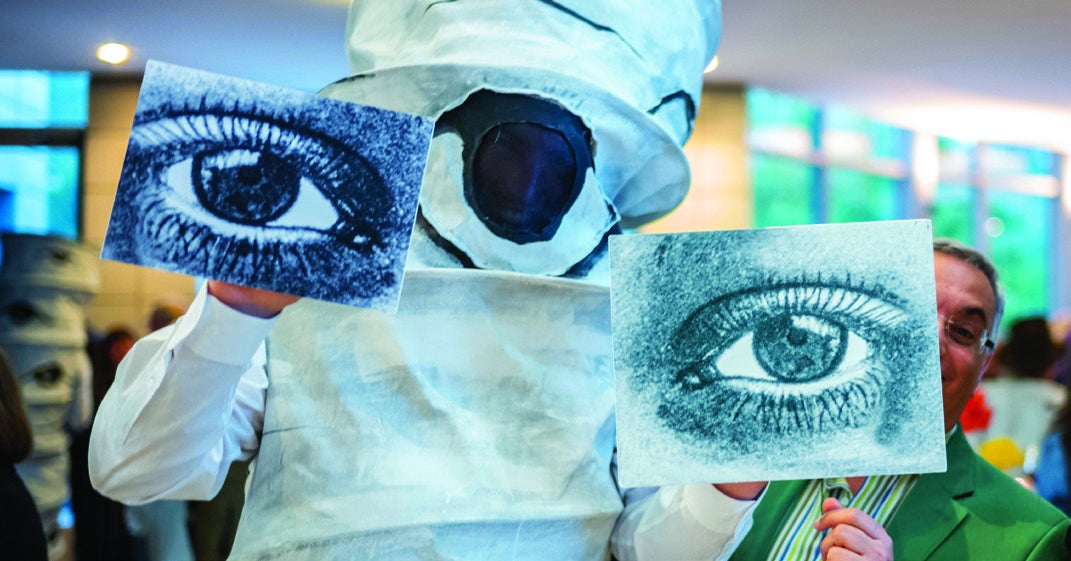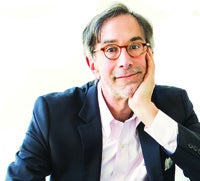 It’s so easy to take something you walk by every day for granted. Or so I realized at this summer’s Bauhaus: The Making of Modern when Bernard Jazzar, the quietly dazzling scholar who designed the comprehensive exhibition on the history of the movement, remarked that Herbert Bayer’s 1955 Grass Mound—in the space that anyone at any Aspen Institute summer gathering looks at four and more times a day while walking the long, narrow path that links the main classroom buildings and offices with the Meadows and Doerr-Hosier—was the inspiration for the earthworks movement that helped define American art in the 1970s and 1980s. (See “A Total Work of Art,” page 52.)
It’s so easy to take something you walk by every day for granted. Or so I realized at this summer’s Bauhaus: The Making of Modern when Bernard Jazzar, the quietly dazzling scholar who designed the comprehensive exhibition on the history of the movement, remarked that Herbert Bayer’s 1955 Grass Mound—in the space that anyone at any Aspen Institute summer gathering looks at four and more times a day while walking the long, narrow path that links the main classroom buildings and offices with the Meadows and Doerr-Hosier—was the inspiration for the earthworks movement that helped define American art in the 1970s and 1980s. (See “A Total Work of Art,” page 52.)
Jazzar had just shown a series of photographs that showed exactly how deliberate every square foot of landscape is on the Institute campus. All he really had to show to make the point was an aerial overview of the original tent Eero Saarinen designed for the 1949 Goethe Bicentennial that launched the Institute. The site is a vast, featureless plain that seems devoid of even scrub. The slopes and flowing inlets, the grass and wildflowers in what look like a natural thicket, the rises that direct your eyes to commanding mountaintops—every angle was plotted by Bayer, who said that he premised all his work on constant observation of nature. With the Institute campus, he created a new nature, too.
The long walkway through Anderson Park, Jazzar said, was a way to enforce the transition between active and restful contemplation that was part of the Institute’s founding creed. It was an apt place for the billboard-sized sign announcing the theme of this year’s Resnick Aspen Action Forum: Borders. Bayer wanted to design spaces that would make visitors drop their usual frames of reference and find new ones; the forum wanted participants to examine how to redesign and rebuild the borders within themselves.
 Look close, look deep, look anew: it’s what the Bauhaus taught, and what the Institute will conserve and reinvent at the new Resnick Center for Herbert Bayer Studies (see page 20). On the campus Bayer created, all you need to do to start your own reinvention is look up.
Look close, look deep, look anew: it’s what the Bauhaus taught, and what the Institute will conserve and reinvent at the new Resnick Center for Herbert Bayer Studies (see page 20). On the campus Bayer created, all you need to do to start your own reinvention is look up.
—Corby Kummer